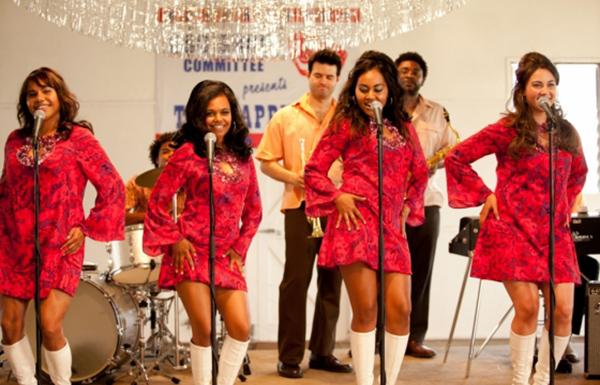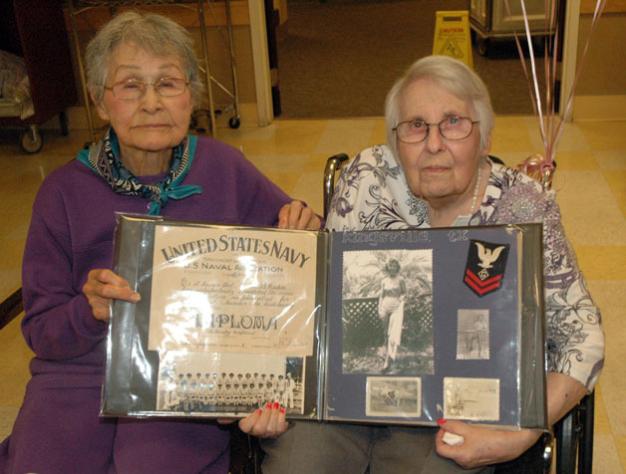Source: The Herald
Luck o’ the Irish: Get in the mood for St. Patrick’s Day with this roundup of events coming up this weekend. There’s food, drink, music, dance and a lot more.
Plant sale: Get ready for spring gardening with Seattle Tilth’s edible plant sale. The free sale is Saturday from 9 a.m. to 3 p.m. in Seattle. Seattle Tilth is well-known as an authority on gardening. You’ll find plenty of plants, selected to grow well in our area. There will also be classes to help you learn more about growing food. Click here for all the details, including a list of plants that will be available for sale.
Quilt show: The Quilters Anonymous Quilt Guild annual show is 10 a.m. to 5 p.m. Friday and Saturday from 10 a.m. to 4 p.m. Sunday at the Evergreen State Fairgrounds. The theme is “Out of this World.” More than 500 quilts, ranging from traditional to innovative, will be on display. There will also be demonstrations about quilting techniques. Admission is $7 and includes entry for all three days. For information, click here.
Taste wine: Chateau Ste. Michelle is offering a rare barrel tasting event from 11 a.m. to 5 p.m. on Saturday and Sunday. The winery only offers the barrel tastings once a year. You can taste several wines that are still barrel-aging and speak with the winemakers. The event is $20 and includes tastings and a glass of a finished wine. Buy tickets the day of the event at the wine shop. Click here for more information.
Outdoors: Cabela’s is getting ready for spring with Spring Great Outdoor Days from 10 a.m. to 4 p.m. on Saturday and Sunday. Attendees can participate in lots of free activities such as youth and adult turkey call contests. Other events include a laser shoot, wooden bow-making, and duck decoy carving and painting. There will also be a spring fashion show and a variety of free seminars and workshops with topics that include the basics of reloading, bear-proofing your campsite and preparing Dutch oven meals. Read more in our story here.
Visit Wonderland: The students from the Farraige Mhor Academy of Irish Dance journey down a rabbit hole to follow Alice on her whimsical trip. The musical show is at 7:30 p.m. Saturday at the Tim Noah Thumbnail Theatre, 1211 Fourth St., Snohomish. Tickets are $15 general, $10 for students and seniors, free for children younger than 5. Go to www.brownpapertickets.com or buy at the door if available.
What is that thing? Got a strange artifact? Bring it here. The Monroe Historical Society invites the community to its annual membership meeting and program, 10:30 a.m. Saturday at the Monroe Library, 1070 Village Way. Laura Phillips, archaeology collections manager at the Burke Museum of Natural History and Culture, will speak about local archaeology followed by an artifact identification session. Residents are encouraged to bring up to two items for identification, including American Indian artifacts from the Pacific Northwest made from bones, antlers, rocks and shells. No appraisals will be given. The experts do not authenticate items for sale.
Fill out your bracket: The NCAA men’s basketball pairings will be announced at 3 p.m. Sunday. If you’re not busy celebrating St. Patrick’s Day, you can spend the afternoon filling out your bracket.
Ballet for kids: Pacific Northwest Ballet is presenting a family-friendly version of “Hansel & Gretel” to help introduce children to ballet. The ballet is performed as an hourlong matinee and is narrated. The ballet shows twice Sunday. Click here for the details.
Music for all: The Hometown Hootenanny presents its “Family Ties” concert on Saturday in Everett. The performance plays on the theme that families that play together, stay together, and the songs celebrate the strength of families, whether it’s good or bad or special moments in family life. Read more in our story here.
Art walk: Wander through Everett, from one art studio to the next, on Saturday from 4 to 7 p.m. Galleries and studios will be open and snacks and drinks will be available. Local restaurants will also be displaying art. Click here for more details, including a map of participating locations.














